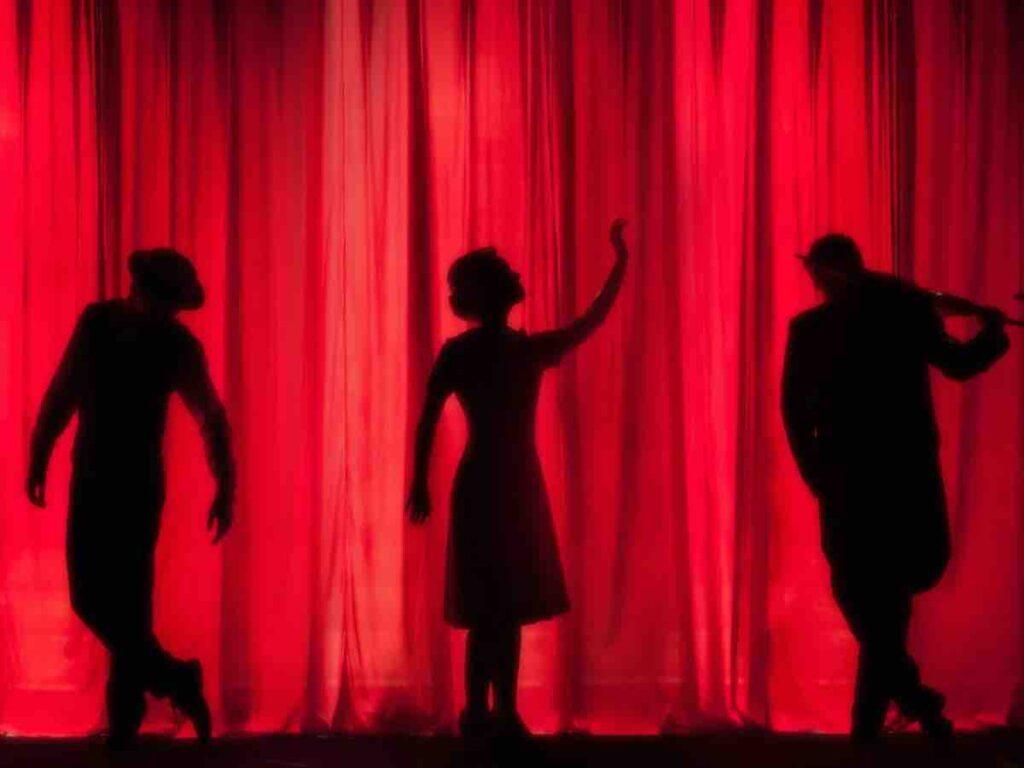If you’ve read a script, you might have found a series of notations and abbreviations set aside in brackets. This set of instructions are referred to as stage directions. Every screenplay has some degree of stage directions written into the script. So what is the primary purpose of stage directions? Though they serve a number of functions, one of the most important ones among them is guiding the movement of actors on stage. One of the prerequisites for an actor is to recognize the importance of these notations and learn to interpret them. But, crafting good quality stage directions can prove to be tricky at times. The directions need to be clear and engage the reader. Keeping this in mind, let’s walk you through the basics of stage directions and provide a couple of pointers on writing them effectively.
What are stage directions?
They are a set of instructions written in the script that dictate the movement of actors onstage. They tell the actors when and how to enter the stage, when to sit, stand or move about. Why are stage directions important? They are essential to an actor as they describe how a character behaves physically and emotionally. Thus, they play a major role in determining a film’s emotional tone.
Stage directions can sometimes also include instructions about the technical aspects of production like lighting, sound, costume, scenery, and props. They’re vital in suggesting the relationship between two characters inside a text. Movements can add tension and emotion to the proceedings, thus assuring that the audiences engage with a character.
In most instances, they offer valuable insight into the minds of the writer. Some writers prefer to keep things clean and write minimal stage directions. Other writers can be elaborately descriptive. It’s ultimately the duty of an actor to figure out the pitch of the character and work accordingly.
Let’s consider an example from James Cameron’s ‘Titanic’ to understand stage directions better.
JACK
(taking off his left shoe)
Freezing. Maybe a couple of degrees over.
He starts unlacing his shoe.
JACK
Ever been to Wisconsin?
ROSE
(visibly perplexed)
No.
The words written in parentheses suggest what the actor needs to do in the scene. Stage directions also suggest the emotion behind Rose’s reaction to Jack’s question. The ‘No’ could have meant a thousand different things but the directions make the intention much clearer. It also serves to make the scene more dynamic as Rose talks over Jack who seems to be taking off his shoe as he talks.
Common terms and abbreviations
So what are the different types of stage directions? The stage is divided into nine different zones:
- Upstage right: UR
- Stage right: R
- Downstage right: DR
- Upstage: U
- Center stage: C
- Downstage: D
- Upstage left: UL
- Stage left: L
- Downstage Left: DL
It’s important to remember that these directions are given from the perspective of the actor and not the audience. So, for instance, if an actor is directed to go stage left, it refers to the actor’s right, not the audience’s. Similarly, upstage is the part of the stage farthest from the audience whereas downstage is that part of the stage that is closest to the viewers. The basic nine zones can be further divided to specify the location like downstage right-center (DRC), downstage left-center (DLC), upstage right-center (URC), and upstage left-center (ULC). These terms become a lot easier to grasp if you visualize a stage in your head and break them down into compartments.
What To Keep In Mind While Writing Stage Directions
Stage directions should mainly focus on:
- Describing the action happening in the scene
- The location of the scene
- Describing the characters
Stage directions aren’t meant to be written like a long story with large blocks of text. You’d ideally want them to be short to concise. Utilize short and punchy sentences that are easy to read, with no more than two or three-line paragraphs. Make it a point to always use present tense while writing.
When trying to describe the setting using stage directions, the descriptions should not be intended to provide readers with an exhaustive detail of how the location looks. Instead, stage directions should be used to highlight aspects of the story like the theme and plot. A dark and moody setting can imbue tension in a scene, whereas a hazy, sun-soaked setting can imbue joy. How you describe your setting plays an important part in building a scene.
One of the key things to remember when writing your screenplay is to think of yourself as a writer first. If your stage directions include every desired camera angle and every last close-up shot that you envisioned, you’ll most likely end up frustrating the production team. When writing stage directions, your job is to provide a simple explanation of what’s happening in a scene. It’s someone else’s responsibility to add in the camera angles and shot types when converting your spec script into a shooting script.
‘Show, don’t tell‘ is the golden rule of screenwriting. Overly expositional writing can feel clunky and amateur. Consider the following stage direction:
“Visibly shocked at what he saw, an ungovernable feeling of terror gripped him. The stench of the decomposing corpse was horrendous”
A reader doesn’t need to be told that the character is visibly shocked. His expressions say it all. It’s vital that the audiences aren’t given information about something they can’t see. In this case, viewers can’t be told that the smell was horrendous when they can’t physically see it. You could instead add in a short description of the character wrinkling his nose in disgust. It needs to be suggested that the room smelt horrendous through the actions of the character.
Conclusion
Stage directions are a handy tool for actors to understand what is expected of them in a particular scene. But, it’s critical to remember that stage directions are a set of suggestions and not actual commands. A screenwriter may add them to act as a guideline that helps shape a performance. Actors and film technicians aren’t technically expected to adhere to these stage directions. They’re welcome to think of a different approach that they think may be more effective.




